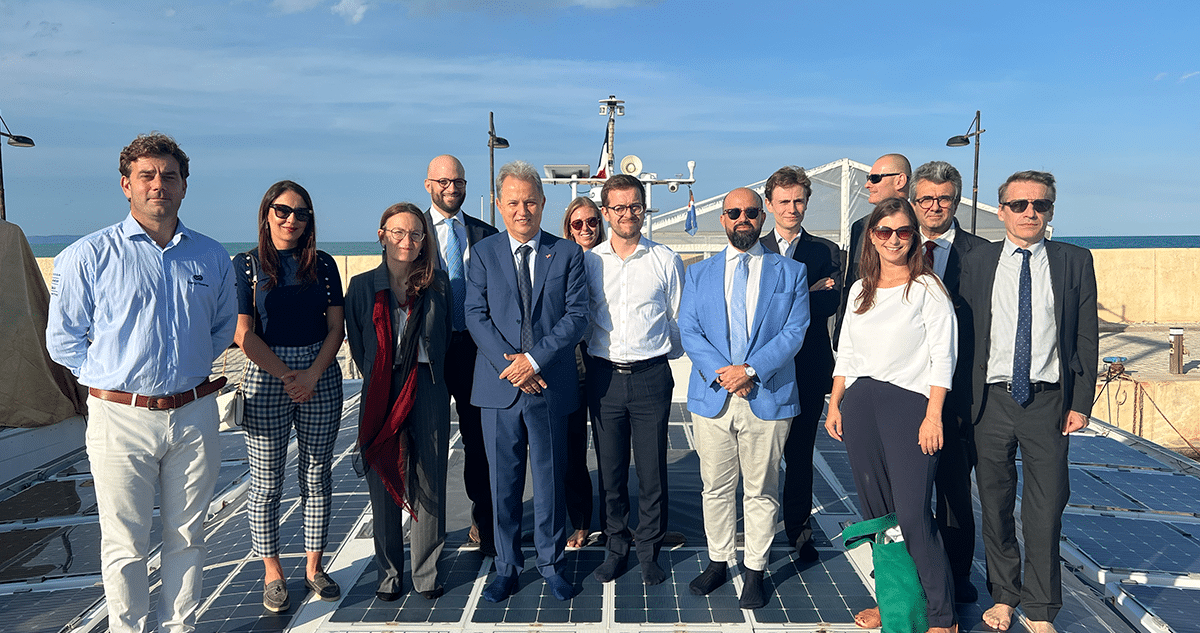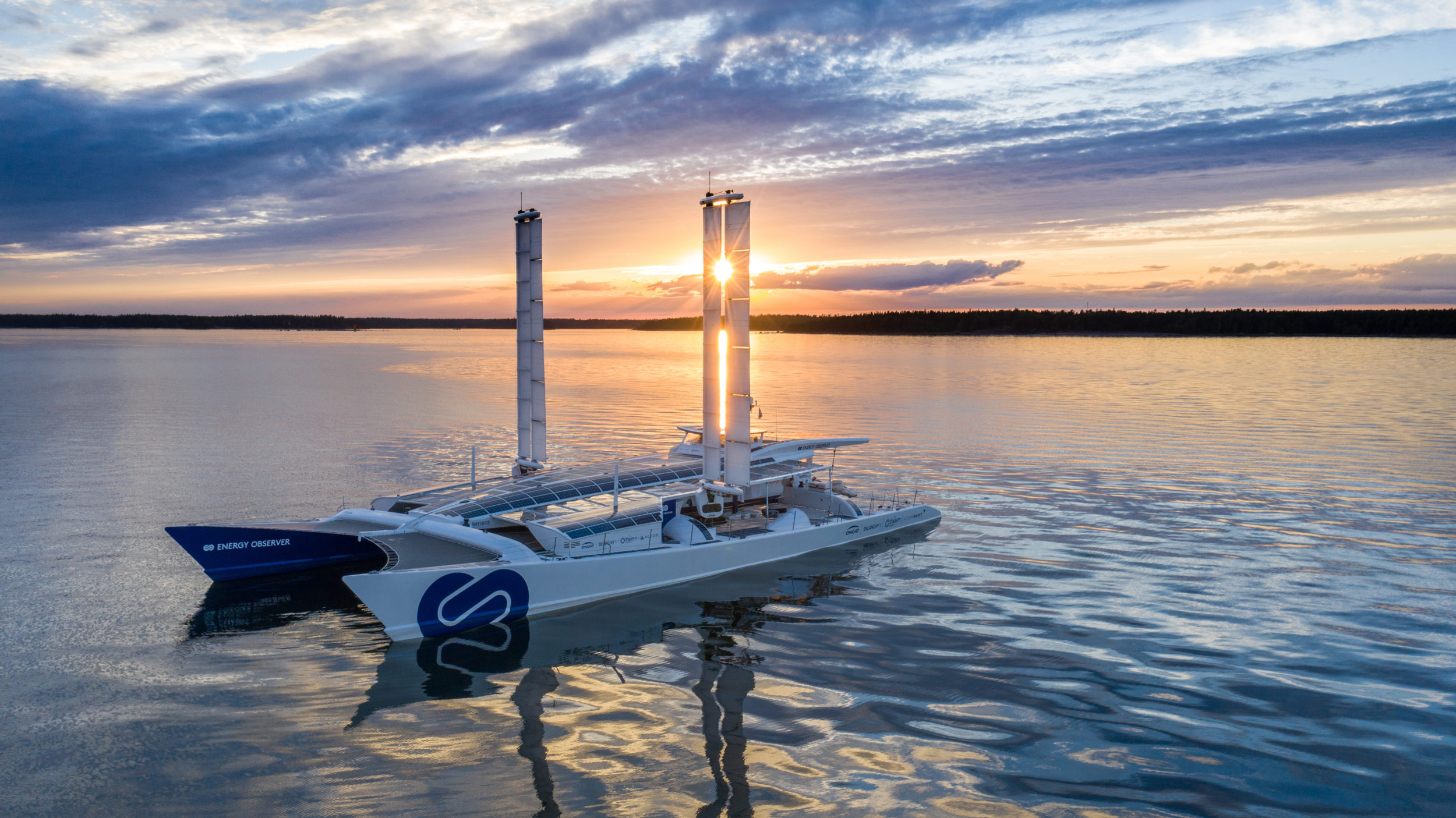Tunis, October 23, 2025 – By welcoming Energy Observer to Tunisia, Qair is not just celebrating a symbolic stopover but demonstrating its vision for Africa: combining energy performance, innovation, and a tailored approach to ensure seamless integration of its projects into their local environments. This vision turns the climate transition into a powerful lever for economic and social development. With new projects entering construction next year, Qair will produce nearly 4,5% of Tunisia’s national energy – securing its position as a key player in the country. The Group is on track to reach 10% by 2030, while accelerating its continent-wide expansion to 1 GW and a leadership position in Africa’s energy transition.
Energy Observer’s in Tunisia: A Symbol of an Integrated approach to Energy
Energy Observer’s stopover in Tunis, organized by Qair, highlighted an exemplary collaboration between technological innovation and environmental commitment. The laboratory vessel, powered 100% by renewable energy and hydrogen, embodies the values that Qair deploys across its projects: boldness, sustainability, and local roots.
In Tunisia, Qair already operates two photovoltaic plants (20 MW) and is developing over 900 MW of solar and wind projects, including the Gafsa (100 MW) and El Khobna (198 MW) parks. These infrastructures, directly contribute to the national goal of 30% renewable energy by 2030.
Energy Observer’s voyage exemplifies the power of renewable energy integration—a principle Qair scales across entire countries. By combining solar, wind, and hydrogen technologies, Qair mirrors the vessel’s innovation at a continental level. Meanwhile, Energy Observer’s expedition in Tunisia highlights the critical role of blue carbon ecosystems, such as the country’s Posidonia seagrass beds. Together, they illustrate how renewable energy and biodiversity conservation can drive climate resilience and economic development.



